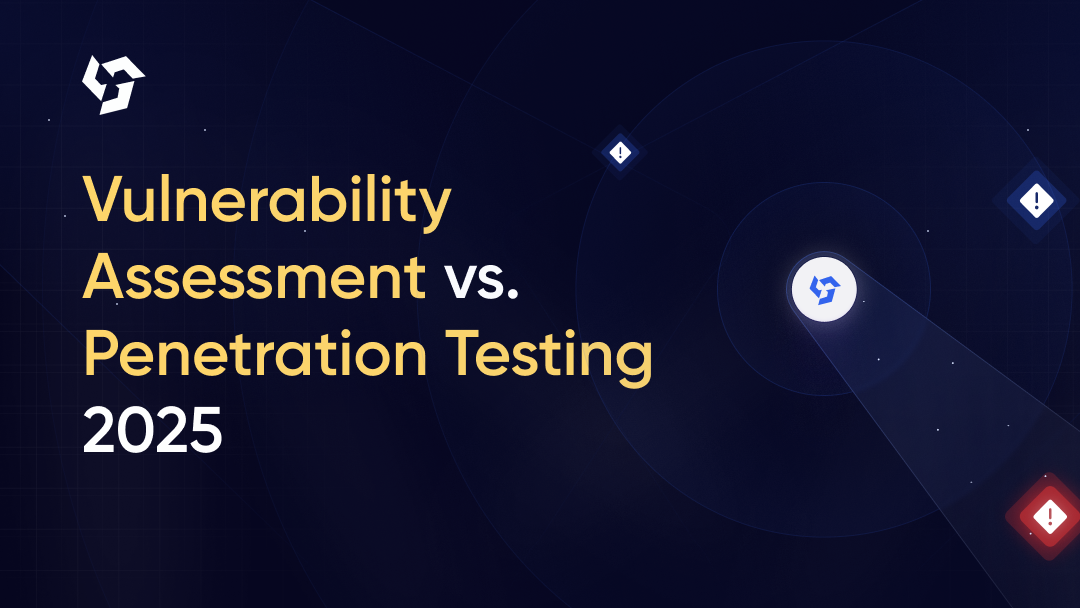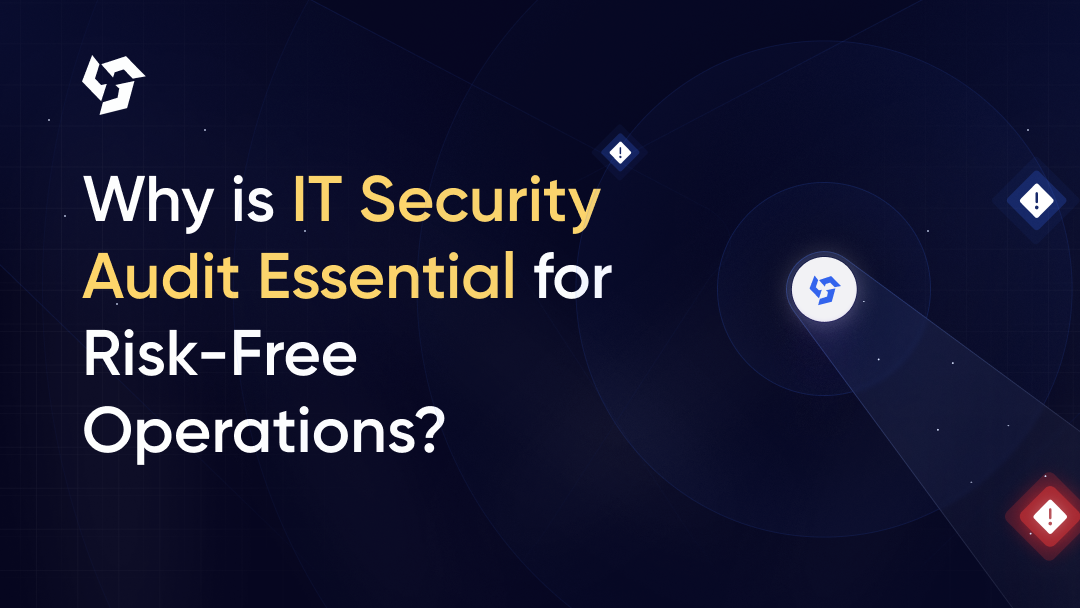As organizations continue to rely on technology & tools to power their operations and store sensitive information, cybersecurity has become a paramount concern. One of the most prevalent vulnerabilities in today's digital landscape is the use of default credentials. This technical analysis aims to provide a comprehensive overview of the issue, as well as strategies for mitigating the associated risks.
Why this error?
When a device, application, or service is initially deployed, it is often shipped with preconfigured login credentials known as default credentials. These credentials are intended to be changed by the administrator or end-user upon deployment. However, in many cases, these credentials are not modified, leaving the system exposed to potential compromise.
Hackers can use automated tools to scan the internet for systems that are still utilizing default credentials. Once a vulnerable system is identified, an attacker can gain access and potentially steal sensitive information or use the system as a launchpad for further attacks.
How to prevent cyberattacks caused due to default credentials?
To effectively address the risk of default credential attacks, organizations should implement the following best practices:
- Change default credentials on all systems to unique and complex login information immediately upon deployment. Most of the VPNs and Open Source tools are coming with the default password.
- Implement regular password rotation to ensure that credentials remain secure over time.
- Utilize multi-factor authentication (MFA) where possible to add an additional layer of security.
- Provide cybersecurity education to all employees and end-users to raise awareness of the risks associated with default credentials.
- Monitor systems for suspicious activity and respond quickly to any security incidents.
- Implement intrusion detection and prevention systems (IDPS) and security information and event management (SIEM) to detect and respond to potential security breaches.
In conclusion, the use of default credentials remains a prevalent vulnerability in today's digital landscape. Organizations must prioritize the mitigation of this risk by changing default credentials, implementing regular password rotation, and providing cybersecurity education to all employees and end-users. By taking these proactive measures, organizations can reduce the risk of a data compromise and safeguard sensitive information.

Content Writer at Appsecure
.png)






































.png)
.png)

.png)
.png)
.png)
.png)
.png)
.png)

.png)
.png)



.png)




.png)
.png)
.png)
.png)

.png)
.png)
.png)

.png)
.png)
.png)
.png)
.png)

.png)









.webp)





.webp)


.webp)

.webp)


.webp)

.webp)
.webp)

.png)

.webp)
